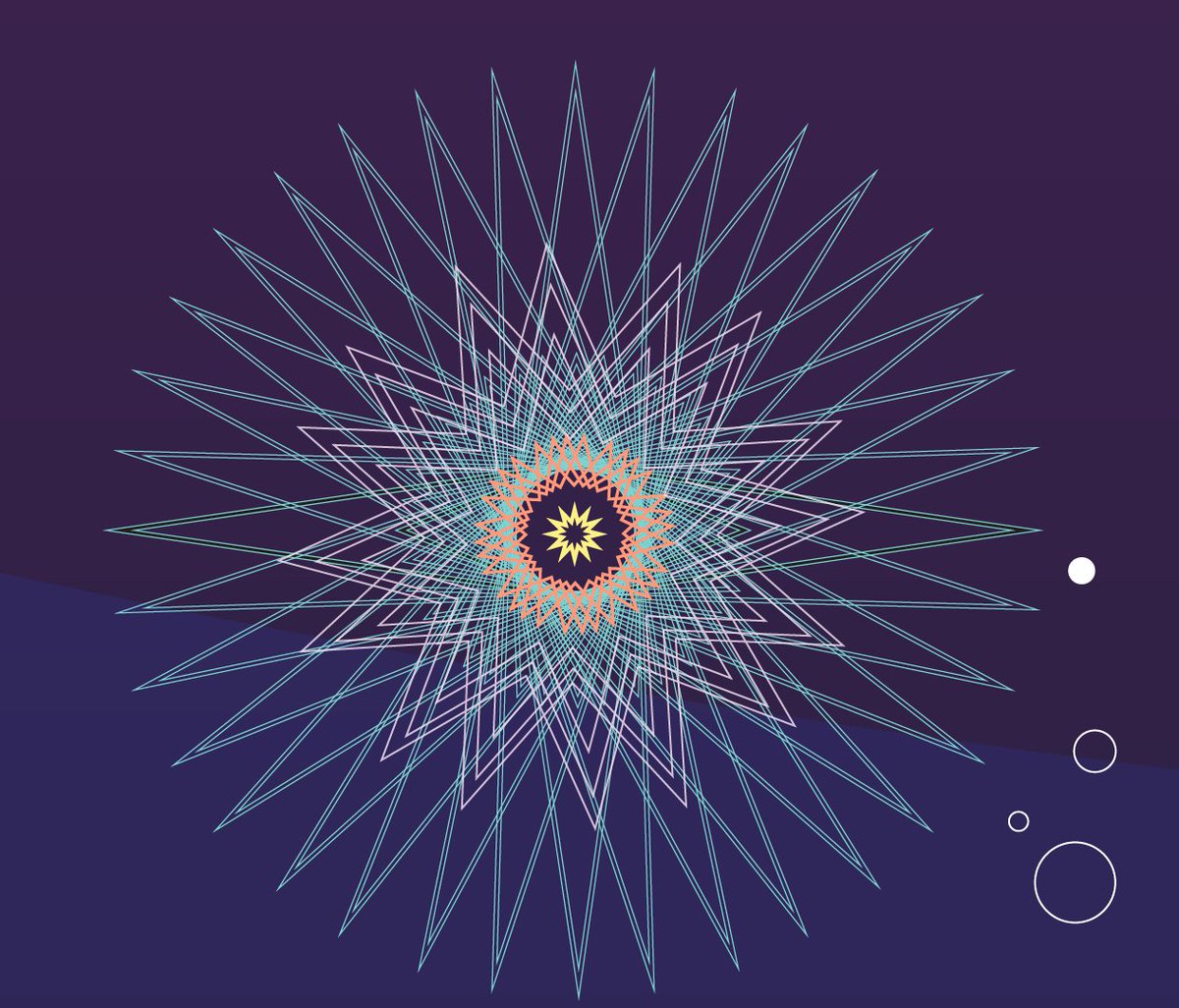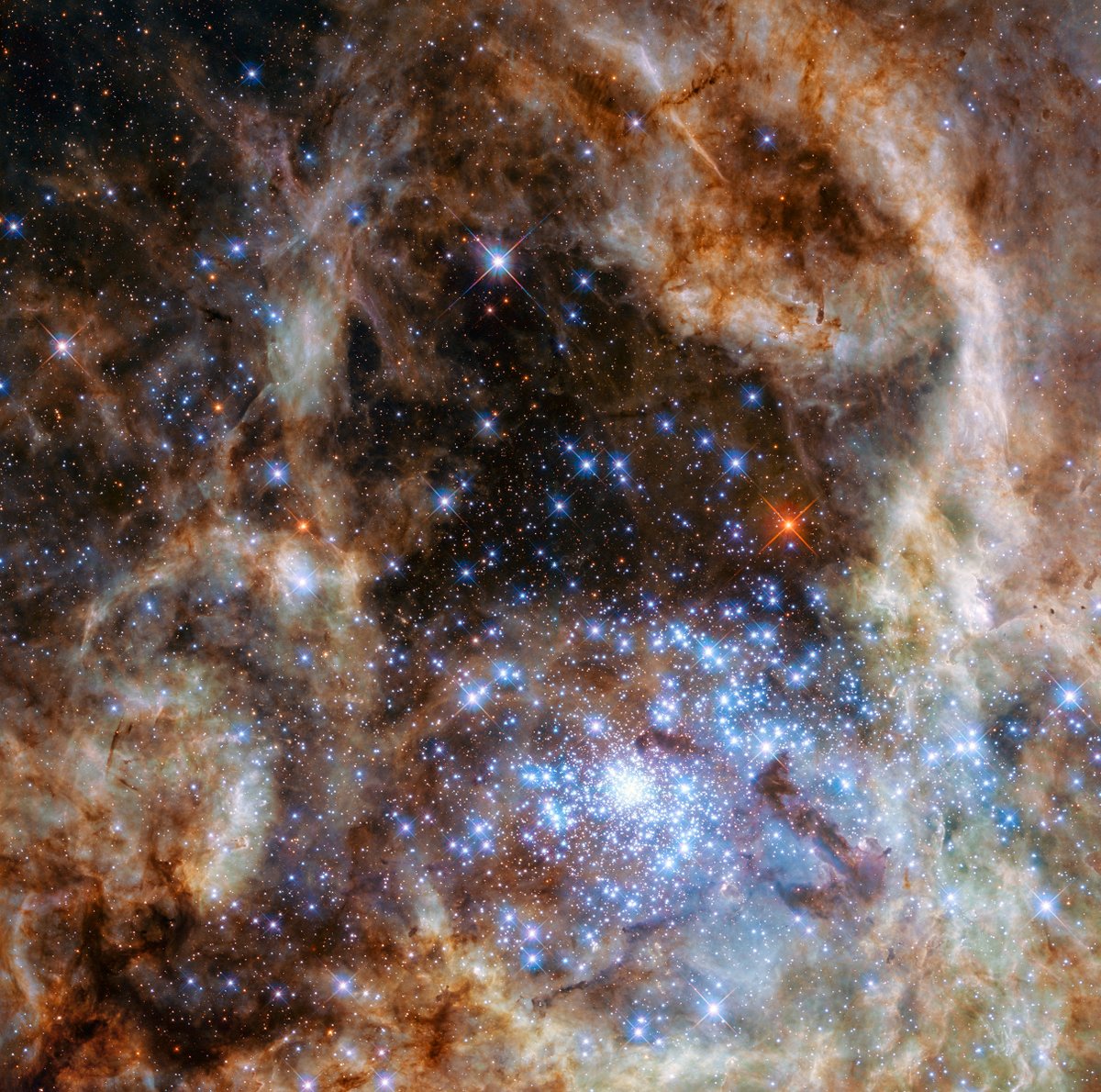
How does a young dust grain survive the rigors of space and find its destiny? You decide! Below, choose a path for the dust grain and discover the adventures and perils that await! Results for the next step tomorrow. #DestinyofDust 

START: Your story begins with two stars orbiting each other. The more massive star is super-hot and nearing the end of its lifecycle. Strong winds from the stars collide and cool, and you find yourself surrounded by sibling grains of dust swirling. 



The adventure begins! What do we want to do? You decide, vote now! #DestinyofDust
You've decided to stay and see a supernova!
The shockwave tears through your dust cloud, rocketing you out to interstellar space. You survive intact, but smaller dust grains are destroyed, and the new environment feels strange.
What do you do next? ⬇️ #DestinyOfDust
The shockwave tears through your dust cloud, rocketing you out to interstellar space. You survive intact, but smaller dust grains are destroyed, and the new environment feels strange.
What do you do next? ⬇️ #DestinyOfDust

Do you ride another supernova shockwave to get somewhere new?
Yes: Keep Exploring! Get swept up with other dust created by the supernova, landing near a young star.
No: Not up for another bumpy ride! Gravity draws you toward a supermassive black hole.
Decide below! ⬇️
Yes: Keep Exploring! Get swept up with other dust created by the supernova, landing near a young star.
No: Not up for another bumpy ride! Gravity draws you toward a supermassive black hole.
Decide below! ⬇️
Ride another supernova shockwave to get somewhere new? #DestinyOfDust
You've decided to get swept up with other dust created by the supernova, landing near a young star. This new star is more stable than your parent star. You and fellow dust grains settle in orbit, more dust joins.
How much dust would like to clump together with? ⬇️ #DestinyOfDust
How much dust would like to clump together with? ⬇️ #DestinyOfDust
How much dust would like to clump together with in this smaller and more stable young star?
1) Not too much
2) The ore the better!
3) None
Choose your answer in the poll below! ⬇️ #DestinyOfDust


1) Not too much
2) The ore the better!
3) None
Choose your answer in the poll below! ⬇️ #DestinyOfDust



How much dust would like to clump together with in this smaller and more stable young star?
You have chosen to clump together with lots of dust at the new young star!
Time to find out what you and your fellow dust grains have created! ⬇️ #DestinyOfDust
Time to find out what you and your fellow dust grains have created! ⬇️ #DestinyOfDust
You build a huge dust community and grow into a GAS GIANT PLANET. Many smaller rocky worlds are attracted by your strong gravity, forming moons and rings around you.
Though you don’t glow as brightly as the star, you command your own small planetary system! #DestinyOfDust
Though you don’t glow as brightly as the star, you command your own small planetary system! #DestinyOfDust

Want to play #DestinyOfDust at home? You can download the graphic and choose your own path. webbtelescope.org/contents/media…
• • •
Missing some Tweet in this thread? You can try to
force a refresh


















